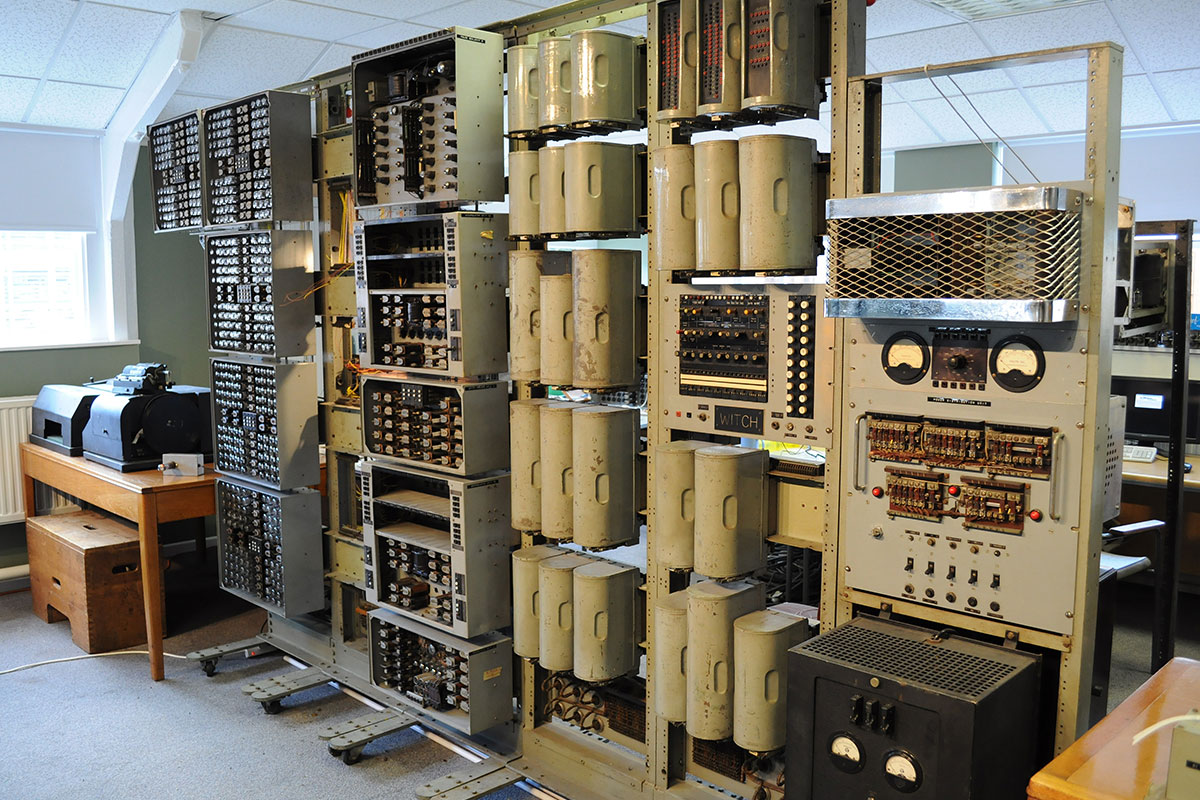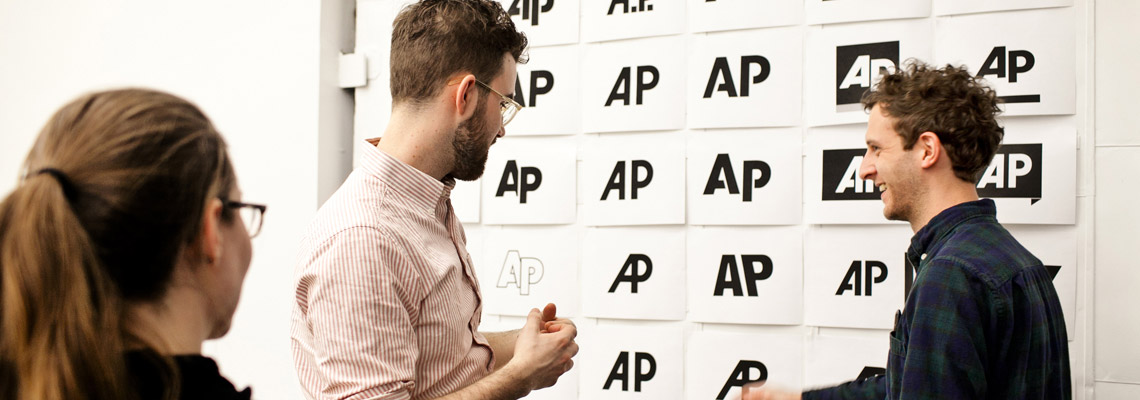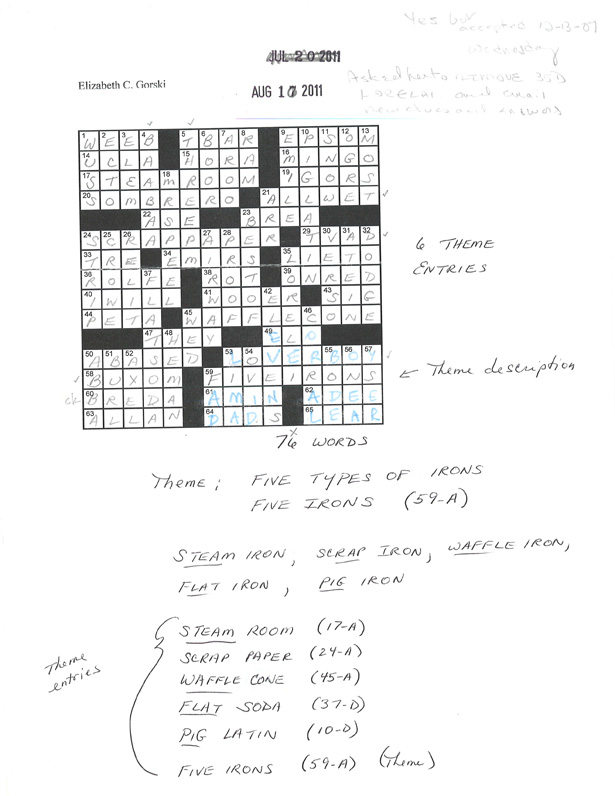http://vimeo.com/56490557
Canadian snowboarder Sebastien Toutant took advantage of Montreal’s record snowfall with an urban run down Mount Royal (via Devour, hat tip to Shawn Blanc).
I make things on the internet
http://vimeo.com/56490557
Canadian snowboarder Sebastien Toutant took advantage of Montreal’s record snowfall with an urban run down Mount Royal (via Devour, hat tip to Shawn Blanc).
A New Yorker piece about pickpocket/magician Apollo Robbins by Adam Green.
If a crew of pickpockets is like a football squad, then its star quarterback is the “cannon,” an honorific generally reserved for pickpockets skilled enough to ply their trade without the help of a team. This is also known as “working single o.” Robbins works single o. He is his own steer, stall, shade, and duke man, though, unlike street criminals, he lets his victims know that he will be picking their pockets.
Interesting photo set about the history of social media from Daniela Hernandez.
Before Facebook and Facetime and Google+ and Twitter, there was Plato and the Bell Picturephone and the Dynabook and the Xerox LiveBoard. Social media is nothing new. It just has better packaging — and better marketing.

The Harwell Dekatron WITCH has been rebuilt and rebooted at The National Museum of Computing in England, making it the world’s oldest working digital computer.
The 2.5 tonne, 1951 computer from Harwell with its 828 flashing Dekatron valves, 480 relays and a bank of paper tape readers will clatter back into action in the presence of two of the original designers, one of its first users and many others who have admired it at different times during its remarkable history.
If you’re a computer geek and get the chance to visit Bletchley Park, make sure you don’t overlook the museum. I had the opportunity to visit a couple years ago — I had no idea it was there, and probably could’ve devoted another day to it.
Zach Baker describes how the claw crane arcade games actually work.
Basically, most crane games are designed so the claw is randomly (and only once in many games) strong enough to let players win. Some even weaken in strength after a short time so players get close to victory only to see it slip from their grasp! Since the manuals for many skill games are available online, this is not hard to verify.
I never won anything from one of those games. Then again, I didn’t play them often because they always seemed rigged.
Paul Drury on the making of Goldeneye for the Nintendo 64, the game that everyone had.
A key part of that appeal was the infamous Licence to Kill. GoldenEye was a first-person shooter of course, but the decision to recognise body-specific hits introduced a new subtlety to the genre. Shoot a guard in the leg and he reacts differently to if you blasted him in the chest.
I was never terrifically good at first person shooters. Goldeneye was no different, I routinely had my ass handed to me by my little brother. That’s not to say I didn’t have fun playing the game. I loved the proximity mines, one of my few ways to achieve victory; pepper a map and hide in a corner. And there was that ridiculous laser watch.
If you’re interested in copyright and the current mess of streaming rights, it’s worth reading Why Johnny can’t stream by James Grimmelmann at Ars Technica. That said, there are hints of sanity coming from television executives these days, perhaps a sign that people upstairs are finally getting it.
From Australia, broadcaster ABC will offer Doctor Who for streaming not long after it airs in UK.
“Piracy is wrong, as you are denying someone their rights and income for their intellectual property,” Mr. Dahill said. “The fact that it is happening is indicative that as broadcasters we are not meeting demand for a segment of the population.
“So as broadcasters we need to find convenient ways of making programs available via legal means to discourage the need for piracy.”
I’d like to think his statement was obvious, but it’s taken the better part of a decade for them to catch up with the torrenters.
HBO also appears to be making some inroads in the realm of sanity, bringing streaming only service to part of Europe. I’d like to see how this one plays out first, it could be massively crippled. Given the hoards of people who wants to throw money at HBO for access to content, you have to assume they’re making gobs of money from the cable companies or signed terrible contracts a few years back.
Frances Berriman’s post about being an accidental designer struck a chord with me, particularly the consideration of design as a soft-science:
I unfairly (despite being very much into, and doing, art throughout my life) considered “design” to be a soft subject – engineering being the one with the greater level of difficulty. Wrong assumption, I realise, but easily encouraged during my time with computer scientists during my degree years where the concept of service design for the human-being end of software was treated as a “nice extra” and usually quite glossed over.
My attitude was similar until I had the opportunity to study book design. Web development is a surprisingly similar field to book design; think large quantities of data, tons of images, typography, how the user/reader is interacting with what you made. That experience also made me acutely aware that websites are living things, another point that she touches on:
Those of us building websites then, early adopters of proper web-standards and sites that worked for lots of different kinds of users, tried desperately to make them understand that this isn’t print and it is a flexible, changing, growing, responsive, versatile, medium. They didn’t get it.
I’ve seen the other side of the fence, and like she says, it’s not so much that they don’t get it, more that they have been given the chance to do so. That leads me to a post by Jeff Atwood, But You Did Not Persuade Me. Definitely a skill I need to work on.
From a post by Achal Aggarwal, Lazy People Innovate:
Our job as programmers is not to churn out huge chunks of code everyday. Our job is to think innovative ways to solve a problem. Code is not the main product we are looking for. Code is not what we want to do. But it is what makes everything run. It is a necessity.

AP has a new look for the first time in thirty years. The creative system for the rebrand was developed by Brooklyn design firm Objective Subject.
Our iterative process generated an option with a red underscore, which we dubbed ‘the prompt,’ that evokes AP’s emphasis on editorial rigor and precise and accurate approach. Setting the letterforms in black on a white backdrop proved to further highlight these values, while improving contrast and legibility. Using a consistently white backdrop further improved the strength of e mark in the variety of environments it needs to live in.
We retained the original logo’s stencil lettering, which embody the gutsy and adventurous personality of an international news organization. Redrawing the letters upright speaks to AP’s integrity, while lending a more contemporary feel to the mark.
Be sure to check out the process video to get a feel for the brand mark’s development.
The AP has more information in the form of a dry press release (imagine this is the look they’re trying to avoid). They also have a placeholder up for their new website, with a link to a PDF of the brand introduction, which features the following image detailing the evolution of the logo.

Congratulations to my friends at Objective Subject on a great job. Look forward to seeing the new system in the wild.
For Guys, a Great Find is Often Multiplied, a New York Times piece by John Ortved, examines a penchant among men for hoarding wardrobe items.
Women shop, men stockpile. That’s one theory, anyway, of how men buy clothes differently from women. If women see shopping as an opportunity, a social or even therapeutic activity, the thinking goes, then men see it as a necessary evil, a moment to restock the supply closet.
I hate shopping, this is starting to look like a pretty good idea.

Will Shortz has been the New York Times crossword editor for almost twenty years. He explained to Alex Hoyt how he goes about editing the puzzles.
Every crossword in the Times is a collaboration between the puzzle-maker and the puzzle editor. On average, about half the clues are mine. I may edit as few as five or ten percent of the clues, or as many as 95 percent for someone who does a great puzzle but not great clues. Why accept a puzzle when I’m going to edit 95 percent of the clues? Well, if someone sends me a great puzzle with an excellent theme and construction, you want fresh, interesting, familiar vocabulary throughout the grid, I feel it would be a shame to reject it on account of the clues, because I can always change them myself.